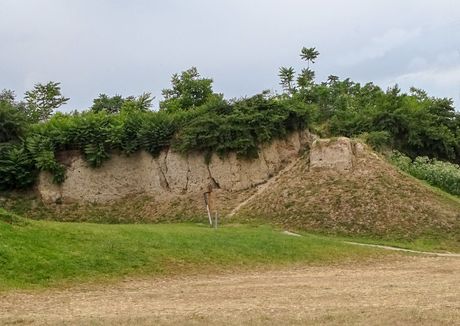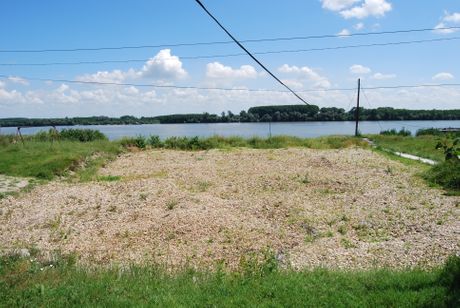Europe's first urban civilization was located at what is now an archeological site near Belgrade, Serbia

The early Stone Age, known as the Neolithic era, is a prehistoric period characterized by the emergence of permanent urban settlements, as well as the development of the so-called settlement lifestyle. At that time, people made terracotta items, learned to cultivate the land and tame animals.
The world's most famous preserved monument from that period is Stonehenge, while the archaeological site of Belo Brdo near the capital of Serbia is considered as one of the most important European sites from the Neolithic era. It is also the largest prehistoric settlement in the territory of our country.
The white color of the loess terrace, where this archaeological treasure was discovered, is the reason why the site in Vinca is called Belo Brdo.
Прикажи ову објаву у апликацији InstagramОбјава коју дели Arheološko nalazište Vinča (@vinca.culture)
Discovery made by the Serbian Geological Society
Back in 1893, the public's attention was drawn for the first time to the existence of this archaeological site. The Serbian Geological Society was responsible for that - an organization founded two years earlier by Serbian geologist and founder of geological science in our country Jovan Zujovic.
Four years later, artifacts discovered at the Belo Brdo site were shown for the first time. It was then that experts came to the conclusion that there is high probability that this is an important archaeological site from prehistoric times.
The first methodical archaeological survey there started in 1908 by professor at the University of Belgrade and archaeologist and academician Miloje Vasic.

Great dicoveries important for global archaeology
The exploration at the archaeological site Vinca-Belo Brdo is effectively continuous, although with occasional interruptions. So far, systematic exploration has been conducted in three series. In addition to processing materials, the documentation has been edited, and an expert comparison with the discoveries in other localities throughout the Balkans has been produced and published.
During the presidency of the Serbian Academy of Sciences and Arts in 1976, the Committee for Archaeological Research in Vinca was established. The credit for that goes to academicians Vasa Cubrilovic, Nikola Tasic and Jovan Todorovic. The work on the exploring this archaeological site was led by many experts, including Dragoslav Srejovic, Milutin Garasanin, Gordana Marjanovic Vujovic, Nikola Tasic, and others.
The archaeological site of Vinca, i.e., Belo Brdo, belongs to the Belgrade municipality of Grocka and is just over 10 kilometers away from the capital.
During the exploration, it was determined that the Vinca culture dates to the period between 4,500 and 3,500 BC. More precise exploration has established that the area had been inhabited since the 7th millennium BC, which is the prehistoric period of the early and mid Neolithic era, the time of the existence of the Starcevo culture.
It is interesting to note that the Vinca sun calendar has also been discovered, made on a cricular ceramic plate. It was determined that it was created more than 7,527 years ago. The figurine called the Great Mother is just one of about 3,000 different objects, which were discovered at this site during the exploration.
Since written traces were found on certain objects at this archaeological site, the script is called "Vinca." It is considered to be the earliest version of that script ever discovered. It has also been determined that this is the oldest script developed on European soil.
Numerous items discovered at the Belo Brdo archaeological site can be seen today as part of a permanent exhibition at the National Museum in Belgrade.
(Ona.rs)
Video: Stojisavljević: "Na raščišćavanju snega angažovano 380 vozila i 2.180 radnika po smeni"
Telegraf.rs zadržava sva prava nad sadržajem. Za preuzimanje sadržaja pogledajte uputstva na stranici Uslovi korišćenja.

